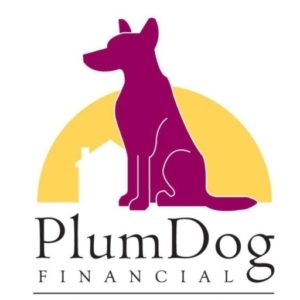Conventional Loans
Conventional loans are mortgages not backed by a government agency. They are then referred to as “conforming” and “non-conforming”. Conforming loans follow guidelines set by the Federal National Mortgage Association (Fannie Mae) and the Federal Home Loan Mortgage Corporation (Freddie Mac).
Most homebuyers assume that conventional loans require a 20% down payment, but this is not always the case. First-time homebuyers can put as little as 3% down on a home and still qualify for a conventional loan. Any conventional loan with less than 20% down, though, does incur private mortgage insurance that becomes part of the monthly payment.
Some other examples of conventional loans include:
Fixed-Rate Mortgages
The interest rate remains the same for the life of the loan, which protects you against rising rates. Most conventional loans come with the option of a 10, 15, 20, 25, or 30-year term. The lower the term, the faster you will build home equity, but the higher your monthly payment will be.
Adjustable-Rate Mortgages
Also referred to as an ARM, these mortgages come with interest rates that can fluctuate after the initial fixed-rate term. These are beneficial when you think you might be in the home for a short amount of time, or if current fixed-rates are too high for your budget.
Jumbo Mortgages
These non-conforming loans are for homes that are above the conforming limit set by the Federal Housing Finance Agency. The conforming loan limit does change each year to keep up with market prices, so check with your mortgage broker to verify. If you have a low debt to income ratio and an above average credit score, but do not have a big enough down payment to keep your loan amount within the conforming limits, a jumbo loan would be your best option.
Government Loans
FHA
Mortgage Brokers, like PlumDog Financial, have the ability to originate and manage government-insured mortgage loans. Government-insured loans have many perks that conventional loans do not. One of the most common government-insured loans is an FHA, or Federal Housing Administration, loan. The goal of the Federal Housing Administration is to encourage homeownership among those who might not otherwise be able to afford it.
They will accept lower credit scores, they only require 3.5% of the purchase price for a down payment, and they have more affordable mortgage insurance options.
A major benefit of FHA loans is that you can use them to buy a new home even with a history of bankruptcy or foreclosure. Borrowers with a Chapter 13 or Chapter 7 bankruptcy can apply for an FHA loan two years from their discharge date. Borrowers with a foreclosure history can apply for an FHA loan three years after the foreclosure
You can use an FHA mortgage to purchase a home, refinance, or pull cash out from your home’s equity through a cash-out refinance option.
VA
Are you or one of your family members a veteran? Then you have the wonderful option of a VA loan. Veterans and their spouses are eligible for VA loans. These require no down payment, no mortgage insurance, and have very competitive interest rates.
VA loans will also accept those with foreclosure or bankruptcy history, as long as it has been two years since the discharge date.
You can use VA loans to purchase, refinance, or pull cash out of your home. They also offer a VA Streamline Refinance program, which allows you to close on a refinance without having to re-qualify.
USDA
First-time buyers can also benefit greatly from a USDA loan. These are intended for rural homes that are located in eligible counties. USDA loans require no down payment and have very affordable mortgage insurance. Their interest rates are similar to FHA loans, and are sometimes lower than those of conventional loans.
USDA loans do have more stringent requirements than conventional loans. You must have a minimum credit score of 640. You also must fall within certain income levels, determined by the size of your household and location of your home.


